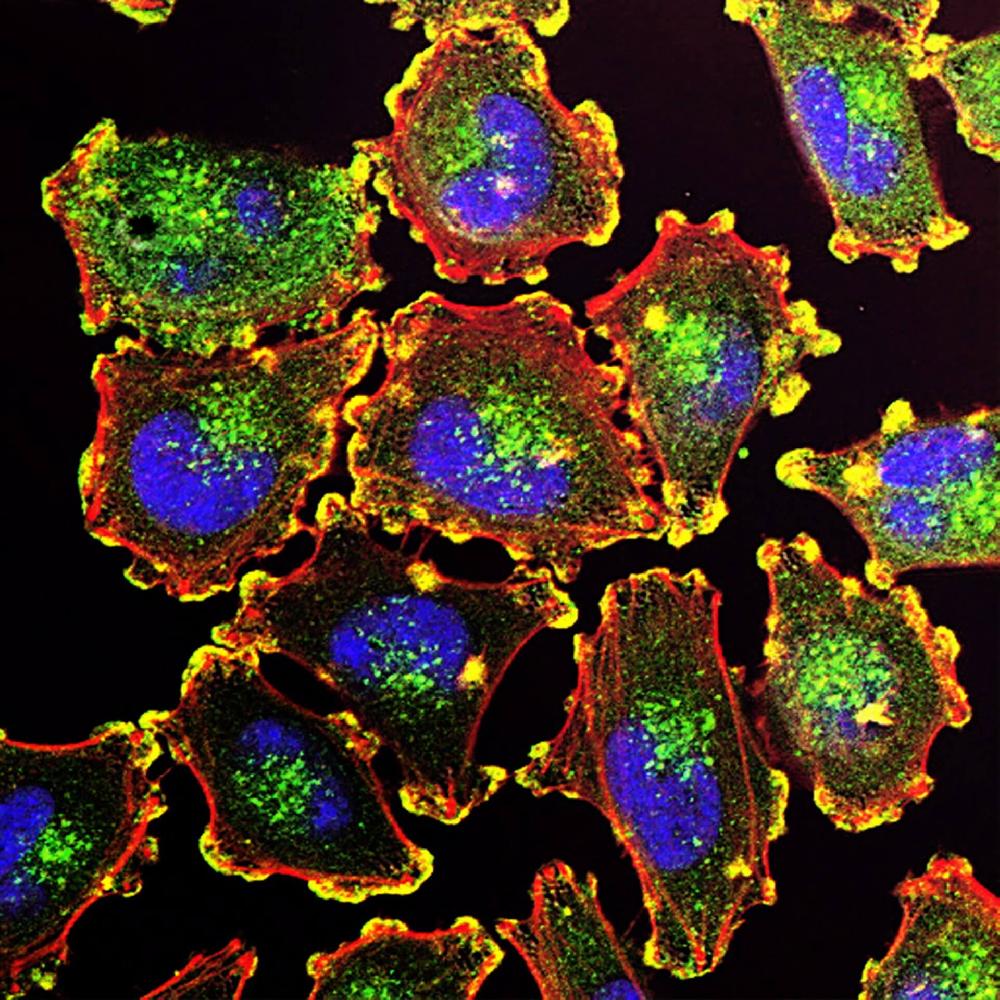This website uses cookies to ensure you get the best experience on our website.
- Table of Contents

Facts about Tumor necrosis factor receptor superfamily member 10C.

Receptor for the cytotoxic ligand TRAIL.
Lacks a cytoplasmic death domain and hence isn't capable of inducing apoptosis.May protect cells from TRAIL mediated apoptosis by competing with TRAIL-R1 and R2 for binding to the ligand. .
| Human | |
|---|---|
| Gene Name: | TNFRSF10C |
| Uniprot: | O14798 |
| Entrez: | 8794 |

| Belongs to: |
|---|
| No superfamily |

Antagonist decoy receptor for TRAIL/Apo-2L; CD263 antigen; CD263; cytotoxic TRAIL receptor-3; DcR1; DCR1MGC149502; Decoy receptor 1; Decoy TRAIL receptor without death domain; LITMGC149501; Lymphocyte inhibitor of TRAIL; TNFRSF10C; TRAIL R3; TRAIL receptor 3; TRAIL receptor without an intracellular domain; TRAILR3; TRAIL-R3; TRAILR3TNF-related apoptosis-inducing ligand receptor 3; TRIDDCR1-TNFR; tumor necrosis factor receptor superfamily member 10C; tumor necrosis factor receptor superfamily, member 10c, decoy without anintracellular domain
Mass (kDA):
27.407 kDA

| Human | |
|---|---|
| Location: | 8p21.3 |
| Sequence: | 8; NC_000008.11 (23102921..23117445) |
Higher expression in normal tissues than in tumor cell lines. Highly expressed in peripheral blood lymphocytes, spleen, skeletal muscle, placenta, lung and heart.
Cell membrane; Lipid-anchor, GPI-anchor.




PMID: 9325248 by MacFarlane M., et al. Identification and molecular cloning of two novel receptors for the cytotoxic ligand TRAIL.
PMID: 9314565 by Degli-Esposti M.A., et al. Cloning and characterization of TRAIL-R3, a novel member of the emerging TRAIL receptor family.